Dialectical Failure and the Borderline Pattern: Understanding the Polarized Mind

The Foundations of Emotional Regulation: How We Learn to Feel, Think, and Respond

Temperament, Environment, and the Formation of Emotional Regulation.

Beyond the Myth of Manipulation in Borderline Personality Disorder

Polarization Begins Within: An IFS Perspective on Inner and Outer Conflict

Water Meditation on Change

Beyond the Office: Life Outside Therapy

Inactivity: The Silent Partner of Mental Illness

Many Voices, One Message: The Ancient Roots of Modern Therapy

From Coping to Thriving: Seeing the Whole Person in Therapy
Therapy isn’t just about easing symptoms — it’s about stepping into a fuller life. In my new post, I explore how we move from coping to thriving, why suffering can be a turning point, and how meaning and purpose are vital for true healing. Along the way, I draw from psychology, scripture, and myth to remind us: even in darkness, there is light.

A Message to My Past Self: On Healing, Guilt, and Growth
“Shame corrodes the very part of us that believes we are capable of change.” – Brené Brown
We often carry guilt and shame like a heavy backpack, weighed down by regrets and self-judgment. Healing begins when we set down that weight, honor our past selves, and move forward with compassion.

Understanding DBT: How It Grew Out of CBT and Why It Matters
Dialectical Behavior Therapy (DBT) grew out of CBT to help people manage overwhelming emotions through balance, acceptance, and change. Learn how DBT works, what makes it different from CBT, and why integrating both can build resilience and emotional wellness.

What Is Cognitive Behavioral Therapy (CBT) and How Can It Help You?
Cognitive Behavioral Therapy (CBT) is one of the most effective approaches in mental health care. Learn how it helps identify unhelpful thought patterns, uncover underlying beliefs, and build healthier ways of thinking, feeling, and responding.

